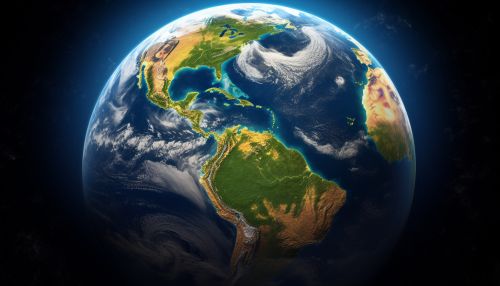World Geodetic System
Introduction
The World Geodetic System (WGS) is a standardized system that is used for cartography, geodesy, and navigation. It comprises a standard coordinate system for the Earth, a standard spheroidal reference surface (the datum or reference ellipsoid) for raw altitude data, and a gravitational equipotential surface (the geoid) that defines the nominal sea level.


History
The first version of the World Geodetic System, known as WGS 60, was created by the U.S. Department of Defense in 1960. It was based on the mean sea level at several locations around the world. The system was updated in 1966 to WGS 66, which was based on the Doppler satellite survey. The most widely used version today is WGS 84, which was established in 1984 and has been updated several times since then.
Components
The World Geodetic System consists of three main components: the reference ellipsoid, the geoid, and the coordinate system.
Reference Ellipsoid
The reference ellipsoid is a mathematically defined surface that approximates the geoid, the truer figure of the Earth, or level surface. The shape of the ellipsoid was chosen to best fit the Earth's entire surface. The current standard ellipsoid is the GRS 80 ellipsoid, which is almost identical to the WGS 84 ellipsoid.
Geoid
The geoid is a gravitational equipotential surface that defines the nominal sea level. This surface is irregular, unlike the reference ellipsoid, due to variations in the Earth's gravitational field. The geoid is used as a reference surface from which to map the topographic features on the Earth.
Coordinate System
The coordinate system used by the World Geodetic System is a three-dimensional Cartesian coordinate system. It uses the Earth's center of mass as the origin, and the primary direction (the Z-axis) points towards the North Pole. The X and Y axes lie in the plane of the equator.
Applications
The World Geodetic System is used in a wide range of applications. These include cartography, geodesy, and navigation. It is also used in the Global Positioning System (GPS) to provide accurate location data.
